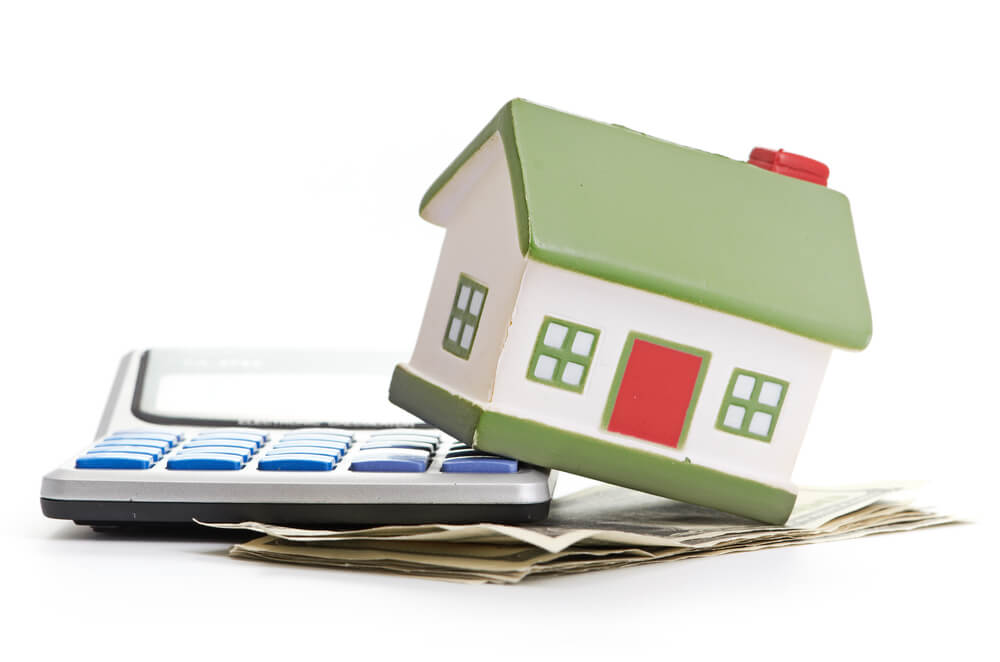VA Approval: Basic Guidelines
The Department of Veteran’s Affairs oversees the VA home loan program. First introduced as part of the larger Servicemen’s Readjustment Act of 1944, the VA loan was designed to help those returning from WWII more easily assimilate back into civilian life with various benefits such as paying for college, starting a business and buying a home. Today, the VA loan is easily the most attractive of all mortgage options for those who qualify and want a home loan needing as little cash to close as possible. The VA loan does not require a down payment at all. In addition to the lack of a down payment needed, the veteran is restricted from paying certain types of closing costs. No down payment and reduced closing costs makes the VA loan an extremely attractive option.
VA Approval: Basic Guidelines
Those who are eligible for the VA loan include active duty military with at least 181 days of service, veterans, National Guard and Armed Forces Reserves with at least six years of service and unremarried surviving spouses of those who have died while serving or as a result of a service related injury.
The VA loan also carries a guarantee to the lender should the loan go into default. VA loans rarely go into default but when that does happen the lender is compensated at 25 percent of the loss. This guarantee is financed by what is known as the Funding Fee. The fee varies but for first time buyers using the VA loan and no money down, the fee is currently 2.15 percent of the sales price of the home. This fee is not paid for out of pocket but instead rolled into the final loan amount.
The VA does not get involved with VA loans and only provides guidelines lenders use to approve a VA loan application. The lender processes and approves the loan application as well as ordering the property appraisal.
Income
There are no income limits for the VA home loan program and only the income from those on the application can be used. Income is verified by reviewing copies of the most recent paycheck stubs covering 30 days. The paycheck stubs should show both a monthly amount and a year-to-date amount. Copies of the last two years of W2 forms will also be required. The annual income will be compared to the income shown on the paycheck stubs. The last two years of W2 forms will also fulfill the VA requirement of at least two years of employment.
For self-employed borrowers, lenders will require the last two years of federal income tax returns, both personal and business, along with a year-to-date profit and loss statement. The lender will average the qualifying income from the tax returns and P&L.
VA loans are also unique in that they require a minimum amount of left-over, or “residual” cash in the bank after bills are paid. Not just the monthly mortgage payment and automobile loan but cash left over for everyday expenses. The amount of required residual income is dependent upon the number of people in the household and the geographic location of the property. For example, a four-person household in the Northeast needs to have at least $888 in residual income while a three-person household on the West region should show at least $859.
Debt
VA loans require the mortgage payment be approximately 43 percent of gross monthly income. The mortgage payment used includes the payments toward principal and interest, taxes and insurance. VA loans do not require a separate monthly mortgage insurance payment as USDA or FHA loans do. Individual lenders have the authority to exceed the 43 percent ratio given other positive factors in the file.
However, the suggested debt ratio can be as high as 60 or even greater as long as the lender can identify other positive factors in the file. For example, a significant amount of residual income above and beyond the minimum is such a factor.
Credit
Lenders will order a credit report and credit scores from each of the three main credit repositories of Equifax, Experian and TransUnion. Of the three scores, the lender will use the middle score. VA loans require a minimum credit score of 580 but can also be as low as 500 with an accompanying down payment of at least 10 percent yet most lenders ask for a score to be between 580 to 600. The VA does have a minimum score requirement, yet lenders can also require higher scores when approving VA loans.
Property Type
VA loans can be used to finance a single-family, owner-occupied home up to a four-unit property, such as a duplex or fourplex as long as the borrower occupies one of the attached units as a primary residence.
VA loans require a separate property appraisal completed by a licensed, VA approved appraiser. The value provided by the appraiser is the value the lender will use when approving the loan. There should be at least three other similar properties listed on the report that have sold within the last year and within a one-mile radius of the subject property.
Loan Terms
VA loans are available in both fixed-rate as well as adjustable rate terms. Adjustable-rate mortgages can come in the form of a loan that can adjust annually or one that is fixed for an initial period of time of say three or five years before turning into a loan that can adjust once every six months or a year depending upon the terms listed in the note. Loan terms can range from 10 to 30 years.




